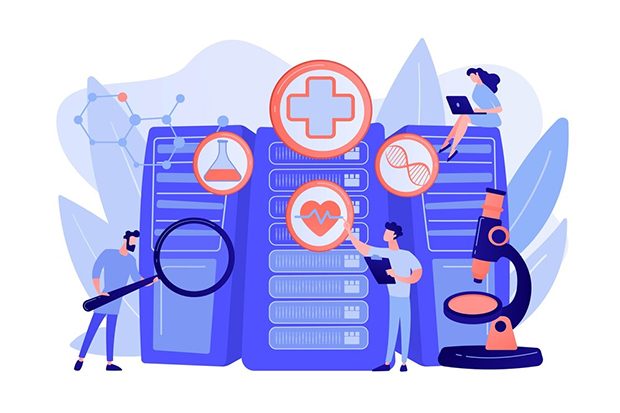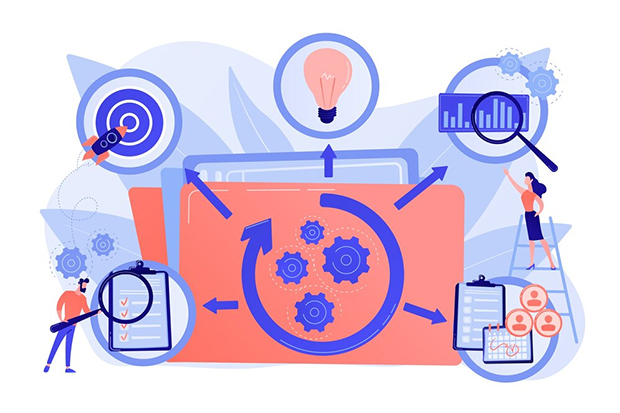Interface Engines: The Key to Unlocking Healthcare Interoperability
As healthcare delivery grows increasingly fragmented across disparate practices, labs, pharmacies, hospitals, and cloud services, the critical ability to securely exchange patient health data between systems emerges as a foundational capability for coordinated care, analytical insights, and operational efficiency.
Underpinning this vital data flow resides a myriad of localized databases, formats, and communication protocols, necessitating intelligent middleware - HL7 interface engines - that efficiently translate across system languages, fulfilling the interoperability imperative.
Defining Healthcare Data Exchange Challenges
Modern healthcare ecosystems span numerous information systems, often unable to communicate due to proprietary data constructs and exchange methods inherently:
- Electronic Health Records (EHR)
- Practice Management Software
- Lab Information Systems (LIS)
- Radiology Information Systems (RIS)
- Hospital Administration Systems (HAS)
- Public Health Databases
- Research Data Repositories
While storing patient medical history, diagnoses, lab tests, imaging scans and longitudinal treatment records, these systems frequently use completely different data formats - from basic CSV files to hyper-specialized clinical schemas and complex structured databases.
Exchanging such a diversity of information in a structured, scalable manner requires specialized translation protocols and interfacing infrastructure - which is precisely the problem HL7 interface services aim to solve.
Understanding the HL7 Healthcare Interoperability Standard

Invented in 1987, Health Level 7 (HL7) emerged as the dominant industry-backed messaging standard. It enables semantics-preserving cross-system data flows regardless of the underlying technology.
At its core, HL7 outlines common message formats encapsulating related clinical data documenting singular medical events - think patient admissions, discharge summaries, lab observations, medication orders, immunization history. It then provides networking protocols dictating message flow handshake requirements akin to packaging each payload with sender/receiver addressing ensuring reliable delivery across sites.
Yet abstract messaging standards alone couldn’t enable truly seamless connectivity lacking surrounding implementation logic - enter interface engines.
The Role of Interface Engines: Healthcare Integration Acceleration
Interface engines comprise specialized healthcare integration middleware that bridges otherwise disconnected applications through robust HL7 server infrastructure. They perform real-time data transformation, intelligent routing, monitoring, and administration, accelerating interoperability initiatives while reducing custom integration costs.
Core interface engine capabilities powering HL7 optimization include:
- Message Transformation
- Message Routing
- Alert Management
- Administrative UIs
Mapping or translating inbound payload formats like XML, delimited text or proprietary clinical system data models into standardized HL7-compliant message structures ready for transit.
Intelligently directing transformed messages to correct recipients across the health network by applying configurable rules matching message types, sources and metadata elements to destination endpoints.
Actively detect a variety of communications errors, from temporary network blips to malformed data exceptions, then trigger notifications and auto-retries following predefined criteria to ensure continuity.
Providing user-friendly control panels enabling non-technical staff to design data visually flows, configure connections, test message logic, inspect throughput and monitor communications health.
Leading dedicated interface engine systems like Corepoint Integration Engine, Mirth Connect and NextGen Connect Integration Engine equip healthcare IT groups with turnkey HL7 implementation acceleration - reducing labor while futureproofing interoperability initiatives across perpetually evolving medical data landscapes.
Read more on this topic: https://langate.com/integrating-a-smart-on-fhir-app-with-the-cerner-ehr/
Architecting for Performance, Scalability and Resilience

Interface engine enabling healthcare data flow and interoperability between systems
While integrating merely two applications delivers value, large health systems demand high-volume throughput for processing millions of individual HL7 messages daily across exponentially increasing touchpoints in data-hungry digital eras.
Planning engines capable of massive scale futureproof investment ensuring smooth operations even during volatile traffic spikes that cripple underpowered implementations unable to keep pace swallowing timely data feeds.
Similarly, uninterrupted 24/7 availability often directly translates to patient risk should device alerts, prescription changes or lab value notifications fail to reach downstream providers when needed most.
Therefore, leading interface engines actively ensure resilience through cluster-friendly software architectures combined with the following:
- Horizontal Scalability - Efficiently adding more processing nodes to sustain sharply rising data demands
- Redundant Failover Servers - Protecting continuity when any one environment falters
- Asynchronous Queuing - Persisting and later reattempting failed to deliver after issue resolution
The vital nature of healthcare connectivity makes rock-solid HL7 integration and interfacing essential - a reality interface engine specifically architected for demanding clinical environments reliably facilitated through enterprise-wise interoperability.
Empowering Interoperability Initiatives Holistically
Savvy healthcare IT leaders rightfully view clinical data integration across once-isolated applications as pivotal to unlocking coordinated care and emerging digital transformation use cases, from self-service patient health records access to real-time analytics.
Interface engines powered by HL7 accelerate these dreams by removing complex interconnection barriers that otherwise throttle data flows and paralyze projects attempting manual point-to-point links, which are completely unscalable long term. They form centralized middleware nervous systems sensitively transmitting data across the health ecosystem.
While clinical databases and formats perpetually evolve, robust interfacing platforms adapt, translating yesterday’s files and future-proofing integration pipelines capable of ingesting modern streams from wearables to genome sequencing outputs as innovative data varieties inevitably integrate tomorrow - proving foundational for data liquidity underpinning whole-health interoperability.
Copyright © . All Rights Reserved